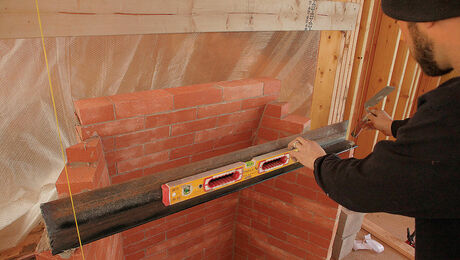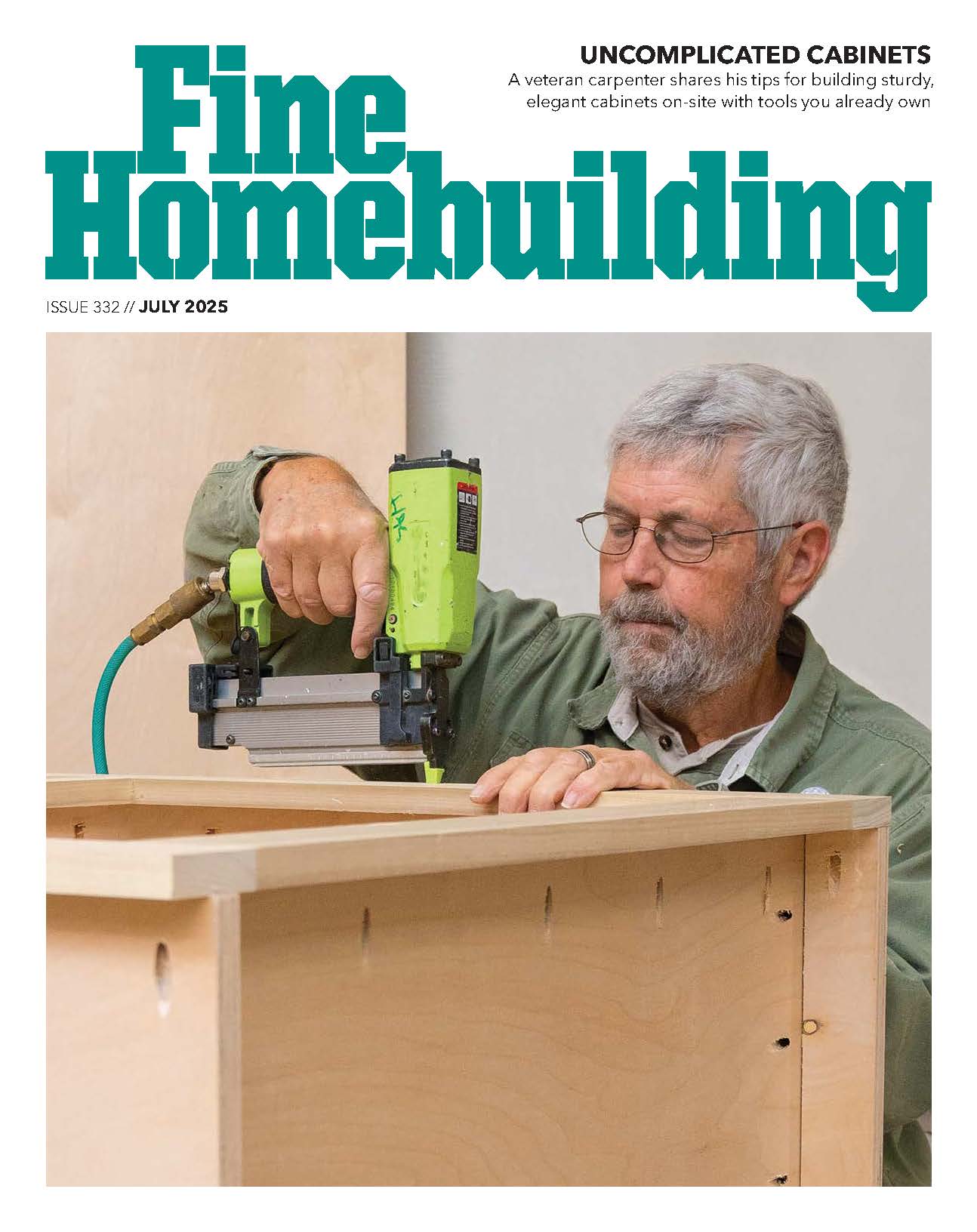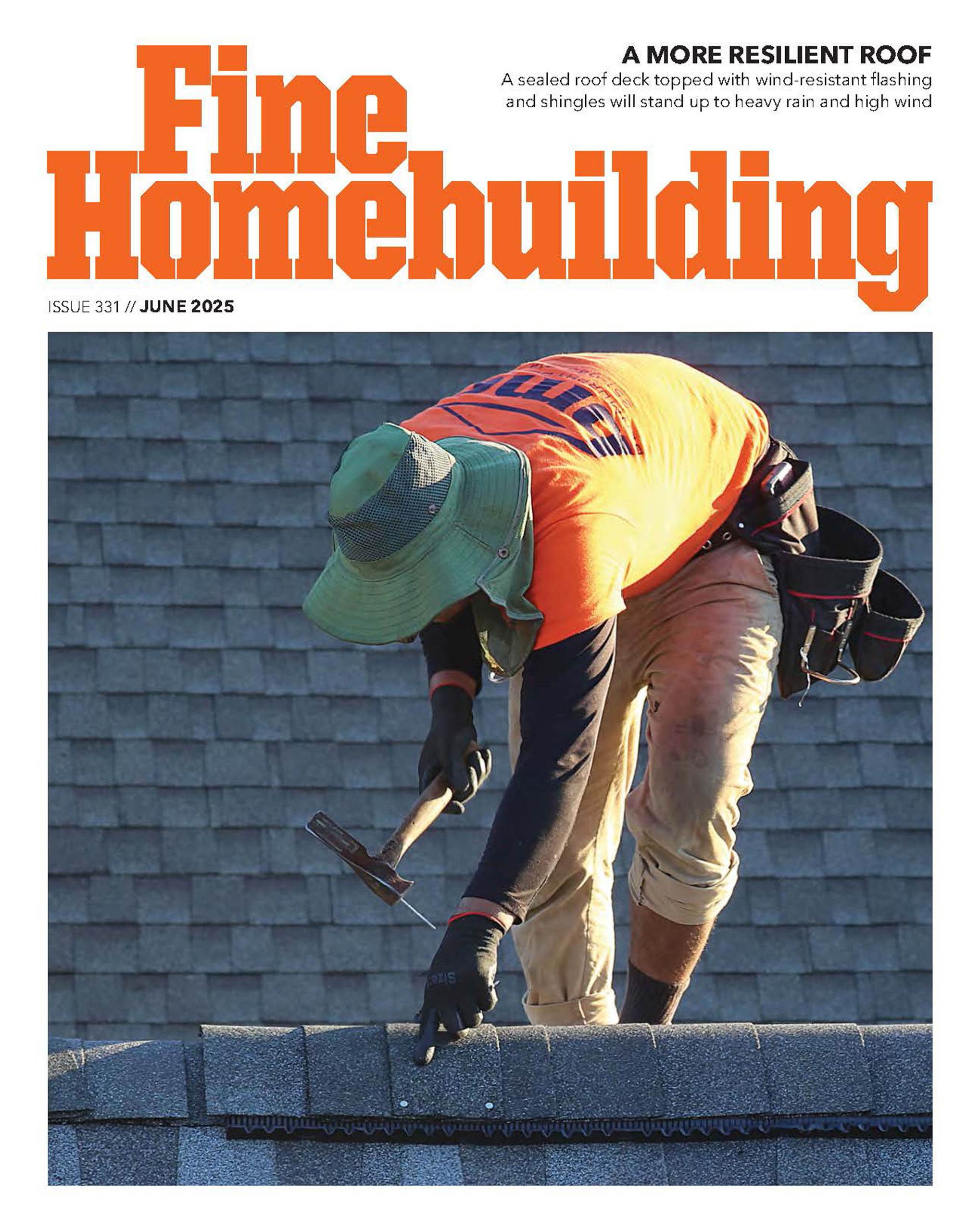Tile removal: remove or level thinset before floating floor installation?
Hello Forum,
I’m currently removing the damaged tile floor in my kitchen and foyer with the intention of installing floating laminate, engineered wood, or LVP planks.
The tiles are 12×24 unglazed porcelain. Original thinset was a Mapei or Versabond product.
We noticed that the flooring in the kitchen was “crunchy” shortly after installation about 10 years ago, with grout cracks and loose tiles appearing increasingly since original installation. The flooring in the foyer has remained intact without issue from the beginning. The original tile installer used a wire mesh and sand-mix mud bed over my 2×6 diagonal plank subfloor. No plwyood or OSB subfloor reinforcement was installed. I did notice that each tile was backbuttered and firmly set into the thinset during installation. I’m not sure if the lack of subfloor reinforcement, improper thinset installation, or something else entirely contributed to the floor failure.
The tiles come out easily now and I’ve noticed that there is little to no thinset adhered to the back of each tile. The thinset on the floor appears to be decent shape and has been pressed by the tile installation to form a generally flat plane with some shallow 1/2″ wide grooves left by the trowel and even shallower 1/8″ grooves left by the underside of the tile itself.
Here are my questions:
1. Given that the tile removal is revealing a generally flat plane left by the thinset with only shallow grooves, can I install underlayment over top this followed by floating click-type flooring?
2. Or will I have to remove the thinset prior to the installation of another flooring?
3. Can I fill-in the shallow thinset grooves with a skim-coat of new thinset, concrete resurfacer, levelling compound, or even a runny-sand mix? Will any of these adhere properly to old thinset?
Any thoughts from some pros would be appreciated.
thanks,
T



















Replies
I'd submit that the sand mud mix over wood-planked flooring was likely the initiating factor of failed adherence. I'm assuming that you have a rafter type foundation and unless float strips and EGP Portland were used with a felt or mil plastic barrier and metal lathe with non-raised ribs correctly attached and that all combined created a minimum of a 3/4" mud bed, then it will inevitably cause failure of the final product attached to it very soon afterward. This is particularly the case with rafter assemblies, which as you know are span-rated to support certain deflection. The addition of a suitable mud substrate can sometimes impart increasing flexure rather than rigidity. Mud mix, unlike gypcrete or other lightweight cementious materials, can add considerable weight that alters the structural attributes of rafters or pre-engineered trusses.
The determination regarding the thinset is whether it is sufficiently smooth and level. If it bears any signs of expansion cracks or non-adherence, then best to get it out and start fresh. As you likely know, the laminate flooring you've mentioned is quite forgiving with the following caveats: sufficient mm thickness of the laminate, the thickness of the padding and sufficient spacing at walls and other stop points to allow for requisite expansion. Depending upon your budget, purchase the best that you can afford regarding mm thickness and padding.
Just make certain that in wanting to avoid a lot of elbow work to re-prep the floor for the laminate that you don't end up with twice the regret. Laminate floors can produce a quick install and luxurious finish, but if applied on an unstable or irregular substrate, can become at least as "crunchy" in the way of creaking and popping as your former dilemma.
I'd remove it in my own house. A roofer's heavy straight shovel works great and will pop up the thin-set and lath under it. We keep it all wet with a sprayer to keep dust down.
thank you both for the information.